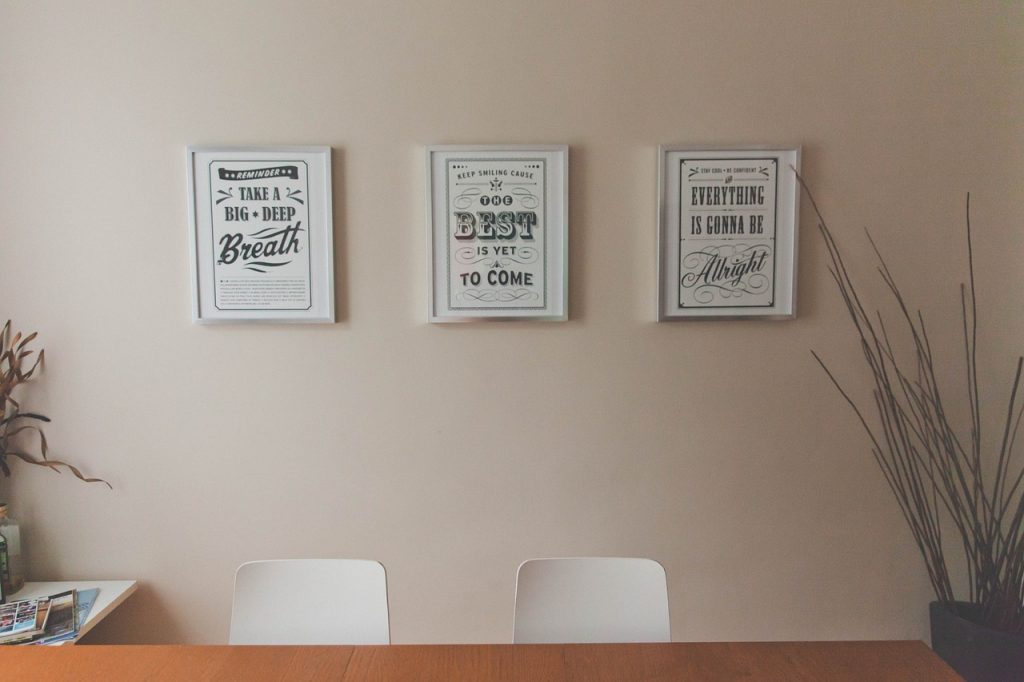Nearly 40% of invoices are paid late. Although late payments on goods provided are almost guaranteed to happen, this can wreak havoc on small businesses already struggling through the COVID-19 pandemic. Thankfully, there are a few ways you can help prevent late payments from happening. When they do occur, you can take some steps — including those presented below — to manage the situation without damaging your relationship with your customers.
Communicate Effectively
Effective communication with your customers is essential to stay on top of payments and handle them when they do occur. Most importantly, you want to ensure communication takes place without error.
For example, double-check that customers understand verbal communications by summarizing the conversation at the end. Always ask the customer if they understand and whether they have any additional questions.
Pay Attention to the Contract Details
Writing a clear contract is one of the best ways to prevent late payments. Pay attention to details when writing customer contracts to avoid confusion.
A few essential details to include in your contracts are:
- Important dates: Contract creation and expiration dates, dates contract was signed, and (if applicable) dates of goods provided, alongside payment due dates.
- Involved party’s information: The name and contact information for both you and the customer.
- Payment terms: When and how payments are to be made.
- Late payment terms: What happens when payments are late.
- Contract termination terms: When, why, and how the contract can be terminated before its expiration date.
Make the Invoicing Process as Easy as Possible
Invoicing doesn’t have to be complicated. You can use financial API bank account balance software, such as Plaid Balance, to help make the process smoother. Plaid Balance allows you to verify (in real-time) whether customers have the money to pay for your services or products. You get peace of mind knowing you can receive on-time payments. Your customers get peace of mind knowing they can avoid hefty fees because the funds are available. It’s a win-win situation.
Create a Late Payment Plan (and Stick to It)
Establish a late payment plan, stick to it, and make it transparent for customers. Generally, fees are added to balances once they remain unpaid after their due dates. How much those fees are and when they’re imposed are your choice.
If payments are very late, you may need to send the account to a collection agency. When you choose to do this is up to you, but some experts recommend waiting at least 90 days. Try communicating with a customer before sending the account to collections. Let them know it’s coming up, and ask them to reach out to you, so you don’t have to take this step.
You Can Prevent and Handle Late Payments
Late payments are an unfortunate reality that can significantly impact the financial well-being of small businesses already struggling after the pandemic. Thankfully, the information above can help you prevent late payments from happening and handle them when they do occur.
Keetria is an entrepreneur, wellness advocate, and brand strategy coach for creatives & entrepreneurs with 16 years of public relations expertise working with some of the world’s leading brands, startups, media personalities, and entertainers. If you would like to work together, don’t hesitate to reach out!








